2014
KODAK, T-MAX 400 FILM 135-36, 2014
Artist publication published by Studio Luc Derycke featuring the Van Wassenhove building constructed by renowned Belgian architect Juliaan Lampens
2014
KODAK, T-MAX 400 FILM 135-36, 2014
Artist publication featuring the Van Wassenhove building constructed by reknown Belgian architect Juliaan Lampens. The building was photographed with a Contax T2 camera using Kodak T-MAX film. The series is limited by the length of the film, 36 images.
The Book = The Filmrol, a text by Emma Sinnesael
Kristien Daem (°1963) lives and works in Brussels. She is a photographer by training and documents art and architecture. In 2014 she presented the small edition KODAK, T-MAX 400 FILM 135-36 in Netwerk Aalst. At the same time they showed the film Das Haus (2014) by Aglaia Konrad. The book was published in an edition of 200 copies, fifteen of which are accompanied by a diptych of original silver gelatin prints. The book is 23.5 x 16.0 cm and contains no text. Each page is completely taken up by the image, which always represents a part of Woning Van Wassenhove. The first and last pages can be folded open again, just like a cover. When you leaf through the book in this way, a juxtaposition of six images is created that are next to each other. Each page shows a different image. The entire book consists of 36 images, the total number of images that can be made with a roll of film. The design emphasizes this fact. The time it takes to discover the concept of the book, as well as the serial juxtaposition of images of architecture, contribute to the cinematographic qualities of the book. At the same time, however, the mechanical and photographic origins of the images are also brought to attention. The repeated return of apparently the same images ensures that the images seem to refer more to each other than to the architecture. The differences between some photos – the result of a different camera angle – are barely noticeable. Yet they are incomparably different. One composition is more balanced than another, depending on the aspect ratio or the light effects of the previous or next image. When looking at the book, a number of questions arise: were all the photos taken by walking around the house in one go, or were different angles taken again some time later? Does the book follow the order of the film roll or were the images deliberately placed in a certain sequence? The book thus refers not only to the act of taking photographs, but also to the process of making a book. Short fragments of images – between static and dynamic and each lasting only a few seconds – follow one another in the sixth minute of Das Haus. This sequence of images draws the attention of the observer to the corner, the transition between the walls and the roof. It is a fragment in which a search takes place for the right camera angle and from which the mechanical reproducibility of the recorded image also becomes apparent. Just as in Aglaia Konrad's film, architecture proves to be a suitable subject to investigate the fundamental principles of the photo book.
The edition was exhibited at MER. Station 7. For this occasion two special editions were produced. The first is a series of five sheets of paper showing photos of one building, the second is a book. For Both editions were blackened out with printing ink.
'I am definitely NOT a painter'
Exhibition at Emergent, Veurne BE
31/10/2014 – 04/01/2015
Limited edition of 200 copies
28 pages / 23,5 x 16 cm
Published by MER. Paper Kunsthalle / Studio Luc Derycke
Also featuring artist edition of 15 copies.
Contact Studio Luc Derycke and the artist for more information on terms and prices.
Laureate for the Fernand Baudin Prize 2014
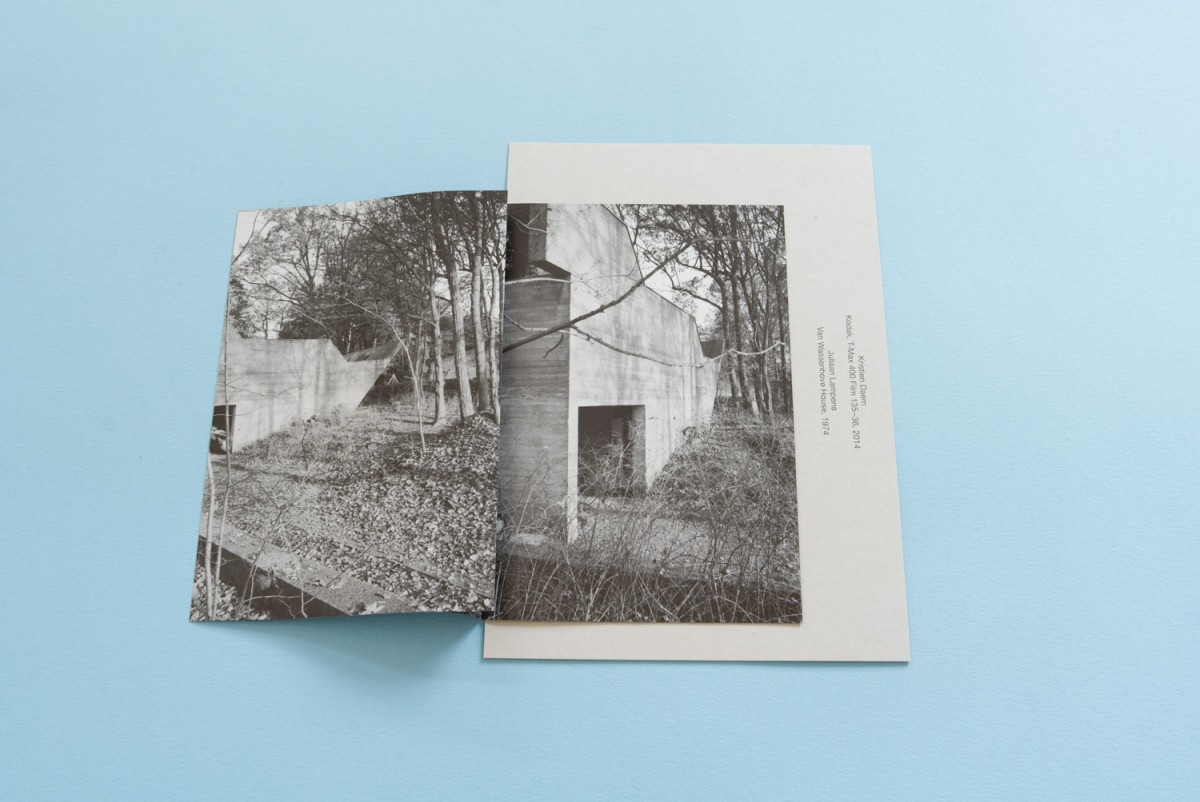
Kodak, T-MAX 400 Film 135-36, 2014
Edition published by MER. Paper Kunsthalle
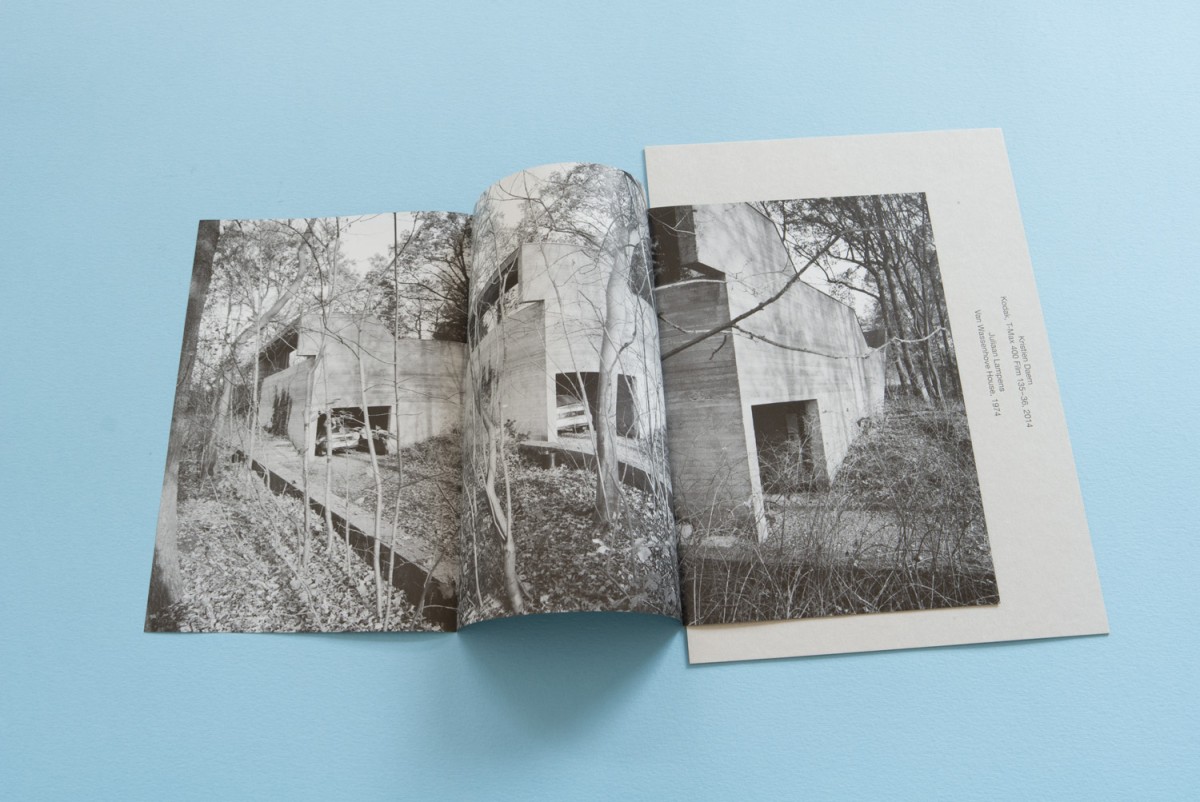
Kodak, T-MAX 400 Film 135-36, 2014
Edition published by MER. Paper Kunsthalle
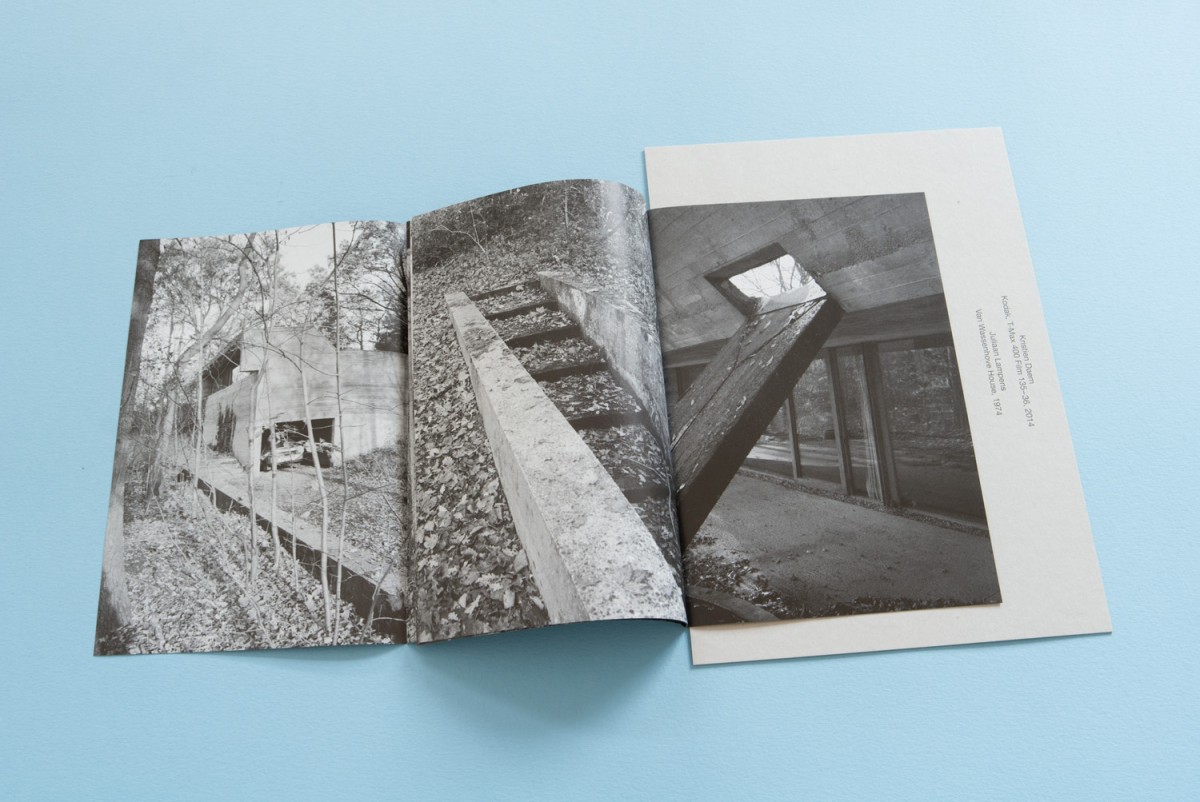
Kodak, T-MAX 400 Film 135-36, 2014
Edition published by MER. Paper Kunsthalle
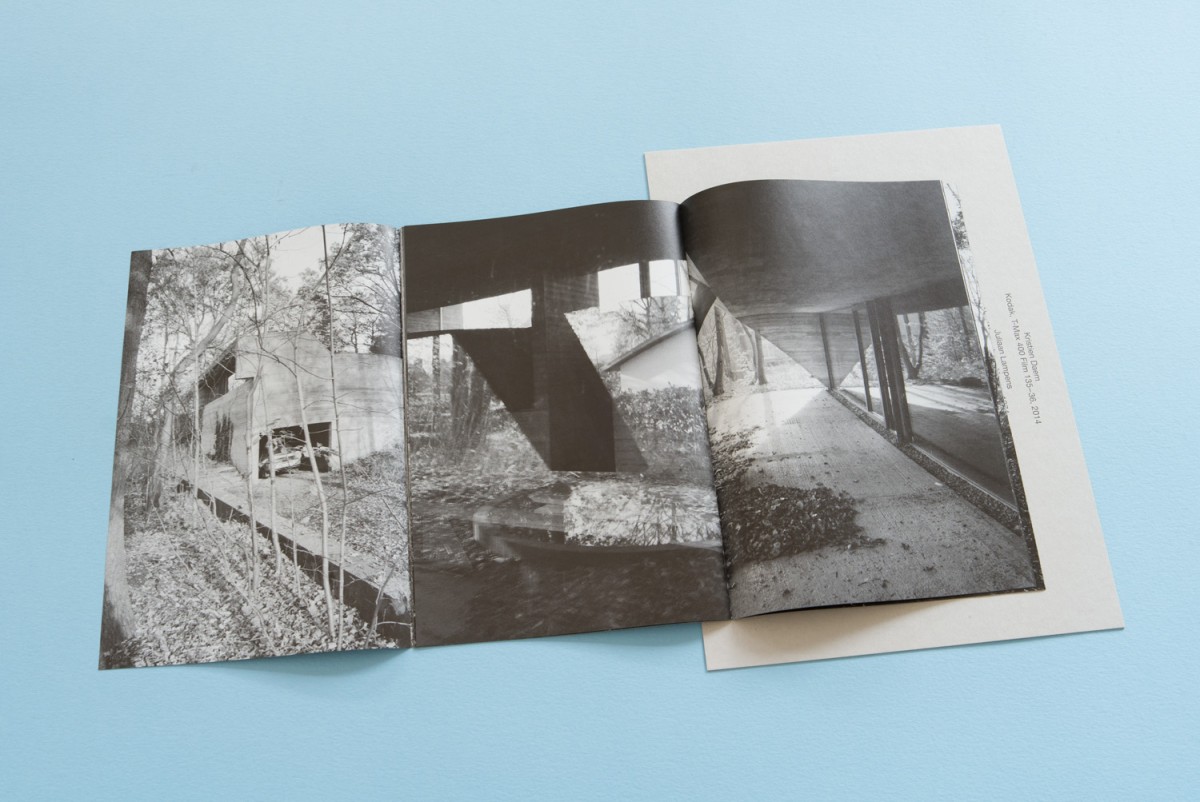
Kodak, T-MAX 400 Film 135-36, 2014
Edition published by MER. Paper Kunsthalle
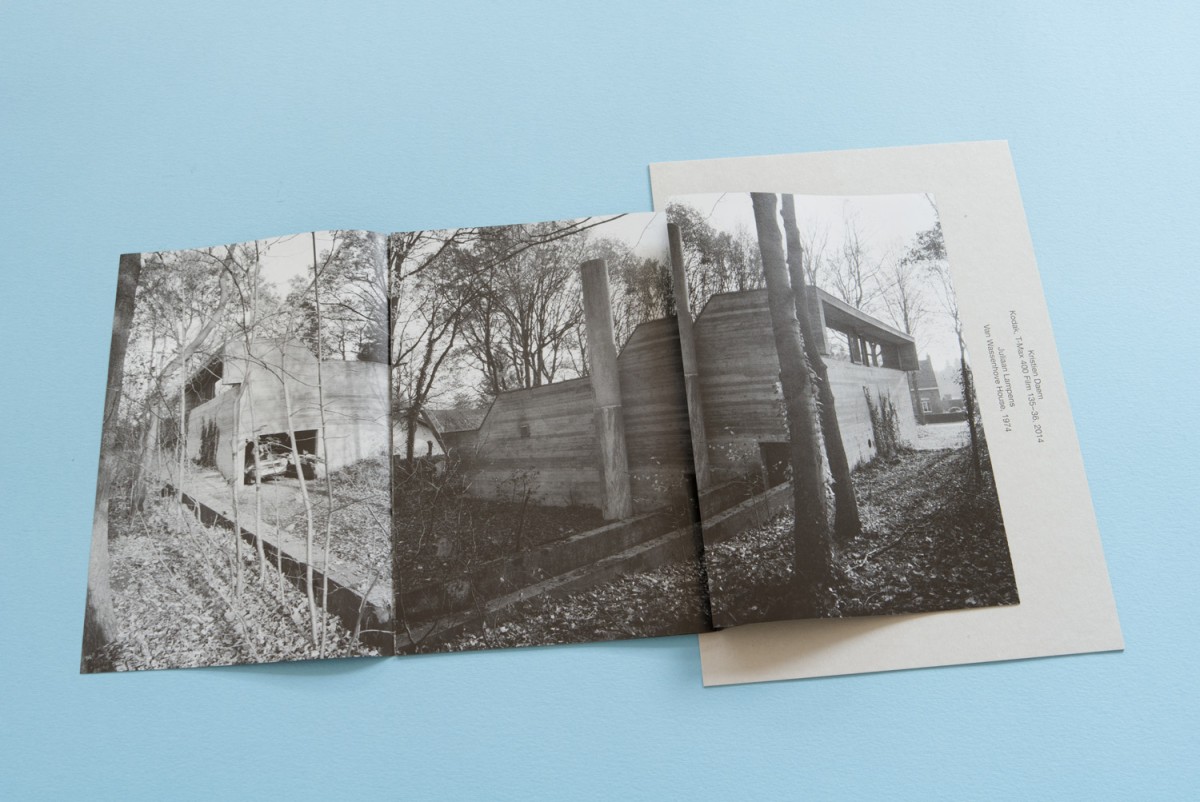
Kodak, T-MAX 400 Film 135-36, 2014

Kodak, T-MAX 400 Film 135-36, 2014
Edition published by MER. Paper Kunsthalle

Kodak, T-MAX 400 Film 135-36, 2014
Edition published by MER. Paper Kunsthalle
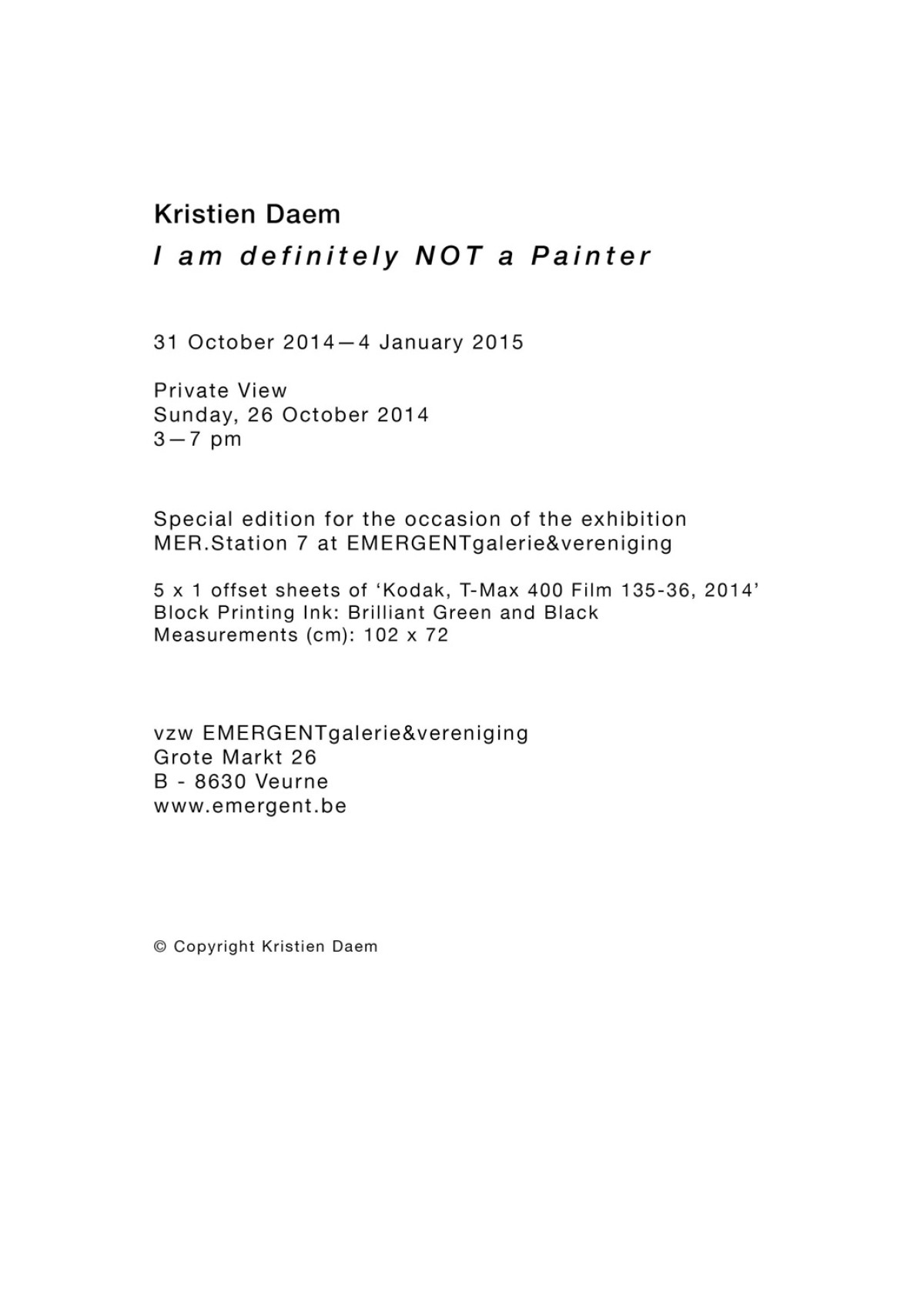
Invitation card exhibition 'I am definitely NOT a painter' MER.Station 7 at Emergent

Installation view exhibition 'I am definitely NOT a painter' MER.Station 7 at Emergent

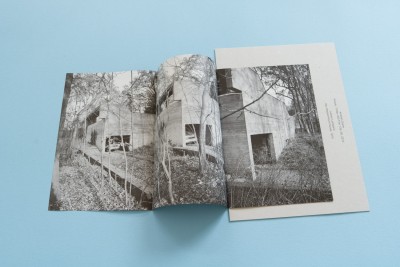
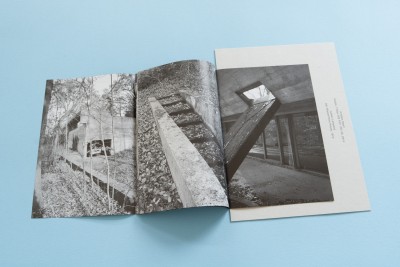

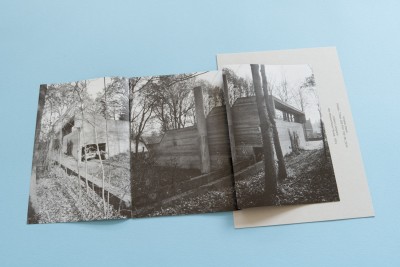
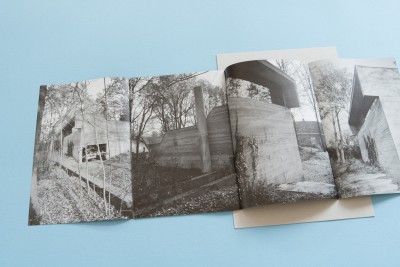
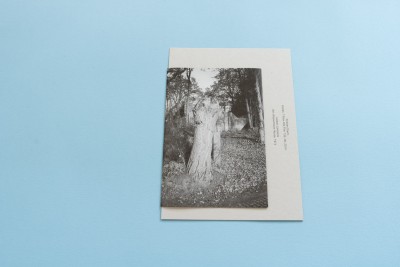
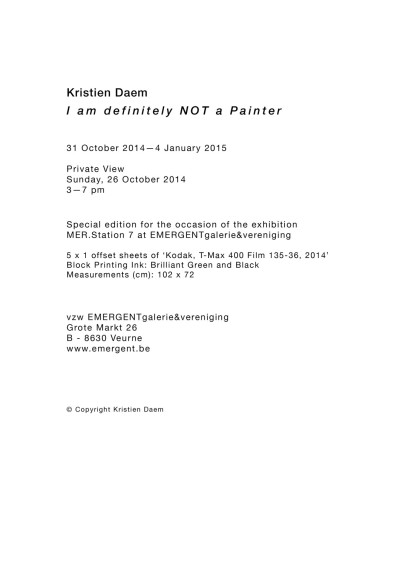
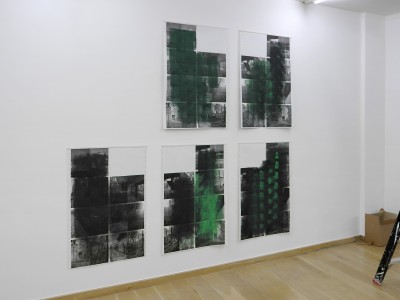
 Emma Sinnesael: Het Boek = De Filmrol
Emma Sinnesael: Het Boek = De Filmrol